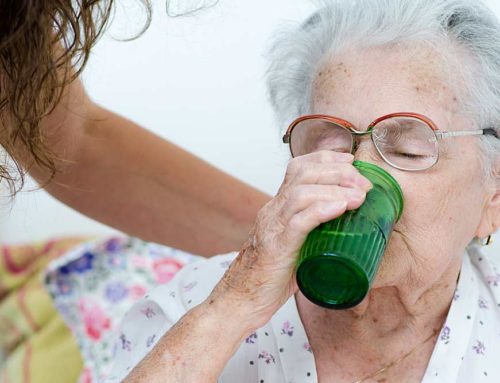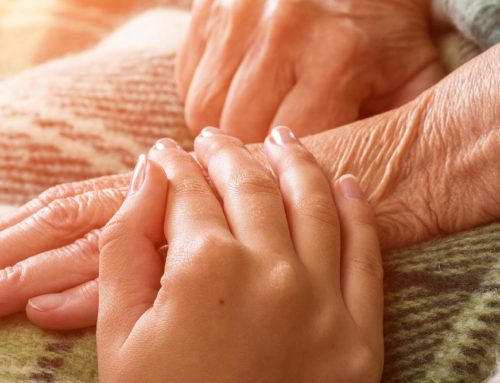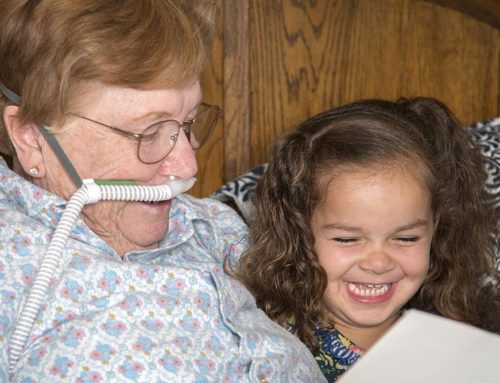Hospice provides terminally ill patients with non-medical interventions, including pain management and emotional and spiritual aid, allowing them to spend the remainder of their lives with dignity and surrounded by their loved ones. It sounds like such a simple and reasonable concept, but it hasn’t always been that way. Recently, I spoke with a man at a lecture I attended who remembers his grandfather in an “old age home” where he died.
The man told me that his grandfather was ill for quite a long time. His grandmother took care of him at home, but once she passed away, the family put him into that facility, and then his grandfather died a year later.
“I don’t think they had any pain management or specially trained staff to care for him, the man explained. “My grandfather was alone and scared, and I felt so sad for him.”
If you’re wondering why the family didn’t choose hospice, it’s because this happened in the 1950s before hospice was available. The first hospice in the US was in New Haven, Connecticut and opened in 1974.
Some Hospice Facts
That is not to say that there weren’t healthcare professionals and lay people who cared for the terminally ill before 1974, but that there was no uniform discipline or practice in place that devoted itself to making the experience of dying more peaceful and respectful. Here are some facts:
- The industry has grown from that one hospice 45 years ago to more than 5,500 programs throughout the US.
- An estimated 1.6 million people enter hospice yearly, and 66 percent of those receive care at home.
- Congress enacted the Medicare Hospice Benefit in 1986, allowing states to decide whether they wanted to include hospice in their Medicaid (Medi-Cal) programs.
- President Clinton made hospice care a guaranteed benefit and accepted component of health care provisions in 1993.
- In 2018, Congress passed a law that allows Physicians Assistants to serve in place of attending physicians in hospice care environments.
- Hospice is the only Medicare benefit that includes pharmaceuticals, medical equipment, twenty-four-hour/seven-day-a-week access to care, and support for loved ones following a death.
How Does Luxe Hospice Care for Patients?
Luxe hospice provides an interdisciplinary team of physicians, nurses, clergy, psychotherapists, social workers and pain management experts. Our staff is available 24 hours a day, seven days a week. As an accredited Medicare agency, we provide physical, emotional, spiritual and practical care for those in the last stages of life-limiting illness, with an emphasis on controlling pain and other symptoms. We also address the family’s emotional and spiritual needs, understanding that they, too, are in pain. Our staff of healthcare professionals help make the transition from life to death, a more tolerable and serene experience.
To find out more about hospice in Southern California, please contact us at 310-459-2040. You can also email us at info@LuxeHC.com. We offer hospice care in a multitude of neighborhoods in Southern California including Bel Air, Beverly Hills, Brentwood, Malibu, Long Beach, Newport Beach, Pacific Palisades, Riverside and Santa Monica.







Leave A Comment